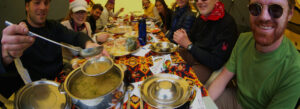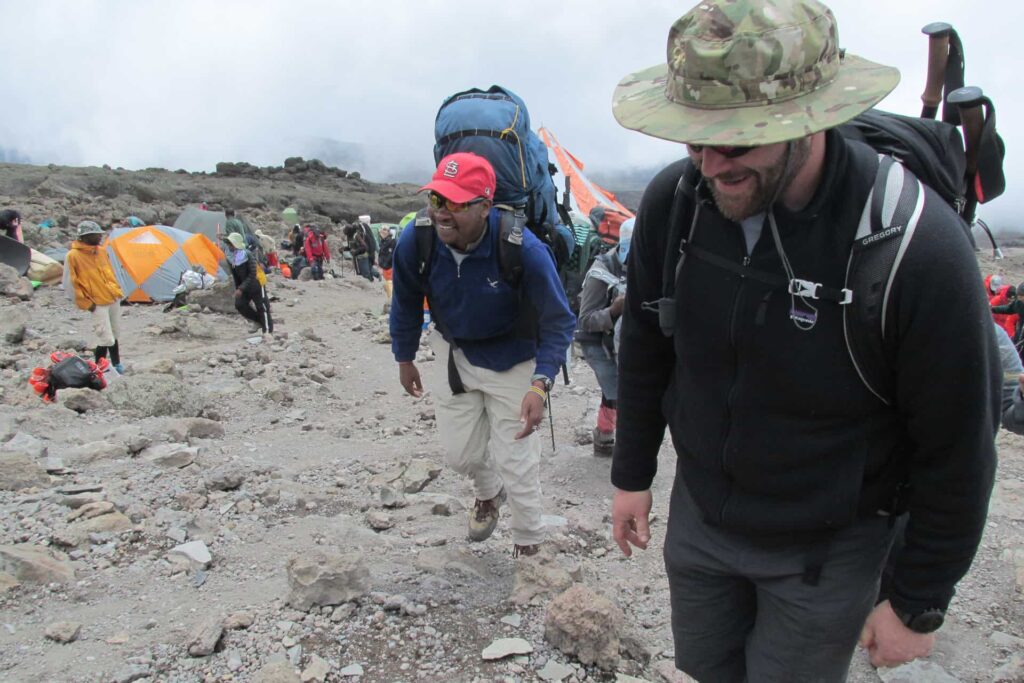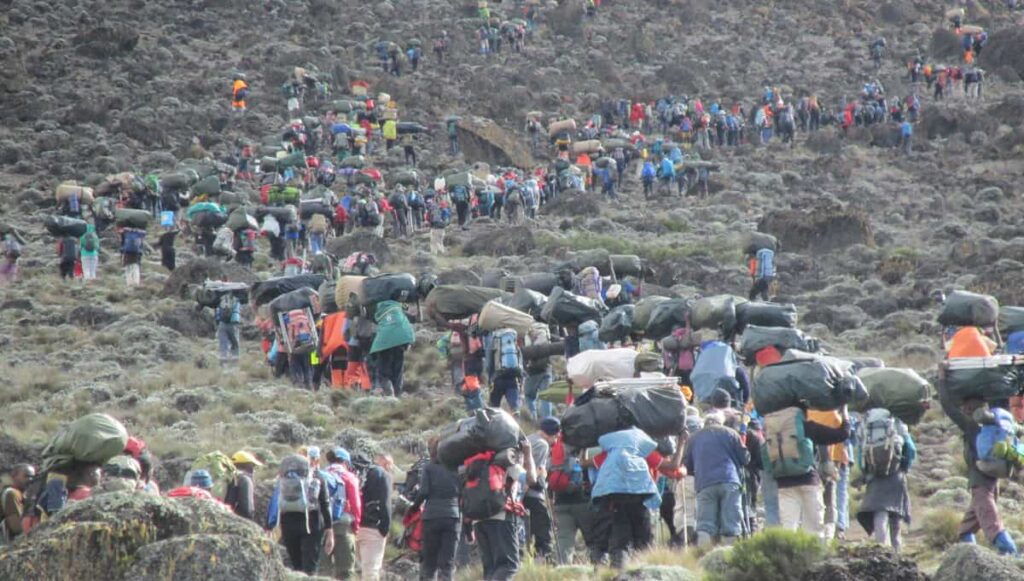
Are you ready for the adventure of a lifetime? Scaling Mount Kilimanjaro is an incredible feat, but the weather conditions can make or break your climb. Don’t leave your success to chance – choosing the best time to climb is essential!
Let’s face it, bad weather on Kilimanjaro can ruin your entire climb, and no one wants to slog through deep mud or fight their way through ice and snow. But fear not, we have the insider knowledge on the best time to climb.
Located near the equator, Kilimanjaro only experiences two seasons – the dry and wet seasons. Climbing during the wet season can be tough, with fog, drizzle, and moisture seeping into your clothes and gear. But wait, there’s good news! The dry season is the perfect time to attempt the climb, with clear skies and moderate temperatures.
We know that choosing the best time to climb can be a daunting task, but we’re here to help. With our expert guidance, you’ll be able to plan your climb with confidence. So, what are you waiting for? Book your climb during the dry season and make the summit a reality!

January to mid-March
This is an ideal time to climb, with mild weather conditions and fewer crowds. You’ll experience mostly dry days with clear skies and occasional brief showers. However, keep in mind that the chances of rain increase as you approach the long rainy season in March.
But what if you can’t climb during the optimal period? Don’t worry, we’ve got you covered. Consider taking the Rongai Route, which is much drier and less crowded than other routes. And speaking of crowds, if you want to avoid them and enjoy the best weather, opt for the Rongai, Shira, or Lemosho routes instead of the overcrowded Machame and Marangu routes.
One thing to note is that the temperatures on Kilimanjaro can be vastly different during the day and night, so it’s always best to prepare for the worst-case scenario, but don’t let that deter you. With proper planning and guidance, your climb up Mount Kilimanjaro can be an unforgettable experience. Contact us to help you plan your Kilimanjaro climb and conquer the highest peak in Africa!
The main rainy season lasts from the end of March through to mid-June. As elsewhere in the world, when exactly it rains and when it stops is impossible to predict. It’s the warmest time of the year in Tanzania, but those months are so wet that many operators simply do not offer climbs in April/May at all.
The rain gradually decreases, and so do the temperatures on Kilimanjaro. The weather on Kilimanjaro is fairly dry and clear but the nights will be bitter cold. June is quiet, but the number of climbers increases as the year progresses.

August and even more so September is the peak climbing season on Kilimanjaro. The weather is good with many clear days and warmer than in June/July. You may, however, get clouds blanketing the forest/moorland zone, and on the southern routes you may get rained on on the first days. But once you leave the rain forest behind all is good! The good conditions last into about mid-October when the buildup for the short rains begins.
The weather on Kilimanjaro becomes more unstable and the number of climbers drops. As in all tropical regions of the world, the wetter time of the year announces itself with afternoon clouds and occasional thunderstorms. As long as you are equipped to withstand the occasional shower, this should not present any major problems.
November is the small rainy season, and the rain lasts into mid-December. The temperatures have dropped and the rain brings with it all the hazards that I described at the top of the page. Not the best time to climb Kilimanjaro.
The four to six weeks around Christmas and New Year are the second peak climbing season on Kilimanjaro. Traffic is extremely high despite there still being a good chance of rainfall and thick clouds in the lower regions. It’s not a time I would choose.
© 2025 All Right Reserved – Real Life Adventure Travel.